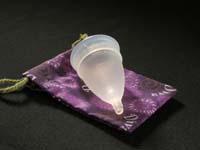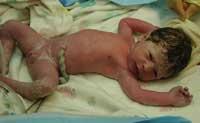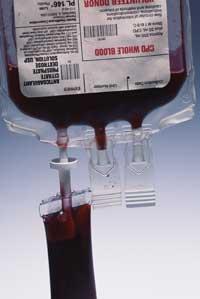The rule as a source of stem cells
2007/12/02 Galarraga Aiestaran, Ana - Elhuyar Zientzia

Cryo-Cell, founded in 1989 in Florida, is today the largest stem cell bank. Specifically, it houses umbilical cord stem cells of 140 thousand customers in centers distributed throughout the world. In fact, umbilical cord stem cells are already used to cure leukemia and other diseases and, in the future, they hope to be used in the treatment of diseases now incurable, since they have the capacity to transform into many other cells of the blood, bone, heart, nervous system...
For thousands of parents, keeping umbilical cord stem cells is like making a baby health insurance and that's why they turn to private companies like Cryo-Cell. For example, Cryo-Cell collects around 1,500 euros for umbilical cord collection and stem cell extraction, and 100 euros for storage for about one year. They store the cells for a maximum of twenty years and, if the service is contracted for every year, they make a special price.
Monthly stem cell bank

The rest of the companies operate similarly, but now Cryo-Cell is advancing and creates a storage service of stem cells of another origin. It is called C'Elle and is the stem cell bank of the ruler.
The blood of menstruation is not the same as that of the circulatory apparatus. In the blood circulation there are very few stem cells, the stem cells from which the blood cells come from are found in the bone marrow, of which they hardly pass to the blood. Therefore, blood is not a good source of stem cells. On the contrary, the blood of menstruation contains pieces of tissue from the uterus in which there are numerous stem cells, billions according to Cryo-Cell.
Cryo-Cell itself recognizes that there are currently no therapies based on stem cells of menstruation, but its research shows that stem cells of other tissues reproduce as well as stem cells, and that they have the same capacity to give other cells. Given the ease with which they meet, they are convinced that research based on the stem cells of the rule will soon advance.
In addition, Cryo-Cell offers a full service. For about 500 euros it sends to the client a kit of collection of blood of the menstruation and once received it is responsible for the extraction and analysis of the stem cells. In addition, it keeps them for a year, past which will be paid about 100 euros annually. There are special offers that ensure the availability of stem cells for at least 15 years.
Questionable service

However, many health managers and experts have not found the Cryo-Cell offer well. Among other things, the company is accused of harnessing people's fear and creating false expectations.
In fact, they are still not enough to show that the stem cells of the rule are useful in therapy, and even less stem cells that have been collected and collected in this way. It also seems debatable to keep the umbilical cord laces because each one keeps them for himself, and because not everyone has the opportunity to do so. In addition, the British public health service keeps 2,000 umbilical cord stem cells every year for use with those who need them.
Debate, service in the market and which can be used by an important part of the population. Yes, this time all men are marginalized, without wanting.
Published in Zazpika

Gai honi buruzko eduki gehiago
Elhuyarrek garatutako teknologia






